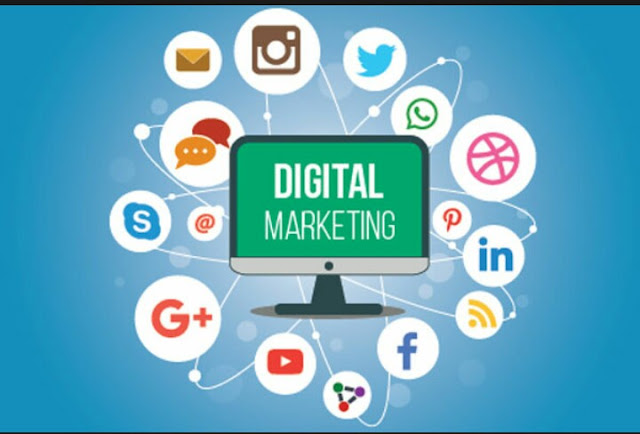Video Marketing
What is Video Marketing?
Video marketing is using videos to promote and
market your product or service, increase engagement on your digital and social
channels, educate your consumers and customers, and reach your audience with a
new medium.
The 12 Types of Marketing Videos
Before
you begin filming, you first need to determine the type of video(s) you want to
create. Check out this list to better understand your
options.
1. Demo Videos
Demo
videos showcase how your product works
— whether that's taking viewers on a tour of your software and how it can be
used or unboxing and putting a physical product to the test.
Learn
how to use video in each stage of the buyer's journey.
2. Brand Videos
Brand
videos are typically created as a part of a larger advertising campaign,
showcasing the company's high-level vision, mission, or products and services.
The goal of brand videos is to build awareness around your company and to
intrigue and attract your target audience.
3. Event Videos
Is your business hosting a conference, round table
discussion, fundraiser, or another type of event? Produce a highlight reel or
release interesting interviews and presentations from the gathering.
4. Expert Interviews
Capturing interviews with internal experts or
thought leaders in your industry is a great way to build trust and authority
with your target audience. Find the influencers in your industry — whether they
share your point-of-view or not — get these discussions in front of your audience.
5. Educational or How-To Videos
Instructional videos
can be used to teach your audience something new or build the foundational
knowledge they'll need to better understand your business and solutions. These
videos can also be used by your sales and service teams as they work with
customers.
6. Explainer Videos
This
type of video is used to help your audience better understand why they need
your product or service. Many explainer
videos focus on a fictional
journey of the company's core buyer persona who is
struggling with a problem. This person overcomes the issue by adopting or
buying the business's solution.
7. Animated Videos
Animated
videos can be a great format for hard-to-grasp concepts that need strong
visuals or to explain an abstract service or product. For example, we created
the following video to promote a key (intangible) theme from the 2017 State of Inbound
report.
8. Case Study and Customer Testimonial Videos
Your prospects want to know that your product can
(and will) solve their specific problem. One of the best ways to prove this is
by creating case study videos that feature your satisfied, loyal customers.
These folks are your best advocates. Get them on-camera describing their
challenges and how your company helped solve them.
9. Live Videos
Live video
gives your viewers a special, behind-the-scenes look at your company. It also
draws longer streams and higher engagement rates — viewers spend up to 8.1x longer
with live video than with video-on-demand. Live-stream interviews,
presentations, and events, and encourage viewers to comment with questions.
10. 360° & Virtual Reality Videos
With
360° videos,
viewers “scroll” around to see content from every angle — as if they were
physically standing within the content. This spherical video style allows
viewers to experience a location or event, such as exploring Antarctica
or meeting a hammerhead shark.
Virtual reality (VR) allows
viewers to navigate and control their experience. These videos are usually
viewed through devices such as Oculus Rift or Google Cardboard.
11. Augmented Reality (AR) Videos
In
this style video, a digital layer is added to what you are currently viewing in
the world. For example, you can point your phone's camera at your living room
and AR would allow you to see how a couch would look in the space. The IKEA Place app
is a great example of this.
12. Personalized Messages
Video
can be a creative way to continue a conversation or respond to someone via
email or text. Use Hub
Spot Video or Loom to record yourself recapping an
important meeting or giving personalized recommendations. These videos create a
delightful, unique moment for your prospects and can drive them further down
the purchase journey.
How to Make a Video for your Business
1. Planning your video
2. Scripting your video
3. Understanding and using your cameras
4. Setting up your studio
5. Preparing your talent
6. Shooting for the edit
7. Organizing your footage
8. Editing your video
9. Choosing your music
10. Recording your voiceover
Courtesy: www.blog.hubspot.com


Comments
Post a Comment
Thank you for your contribution